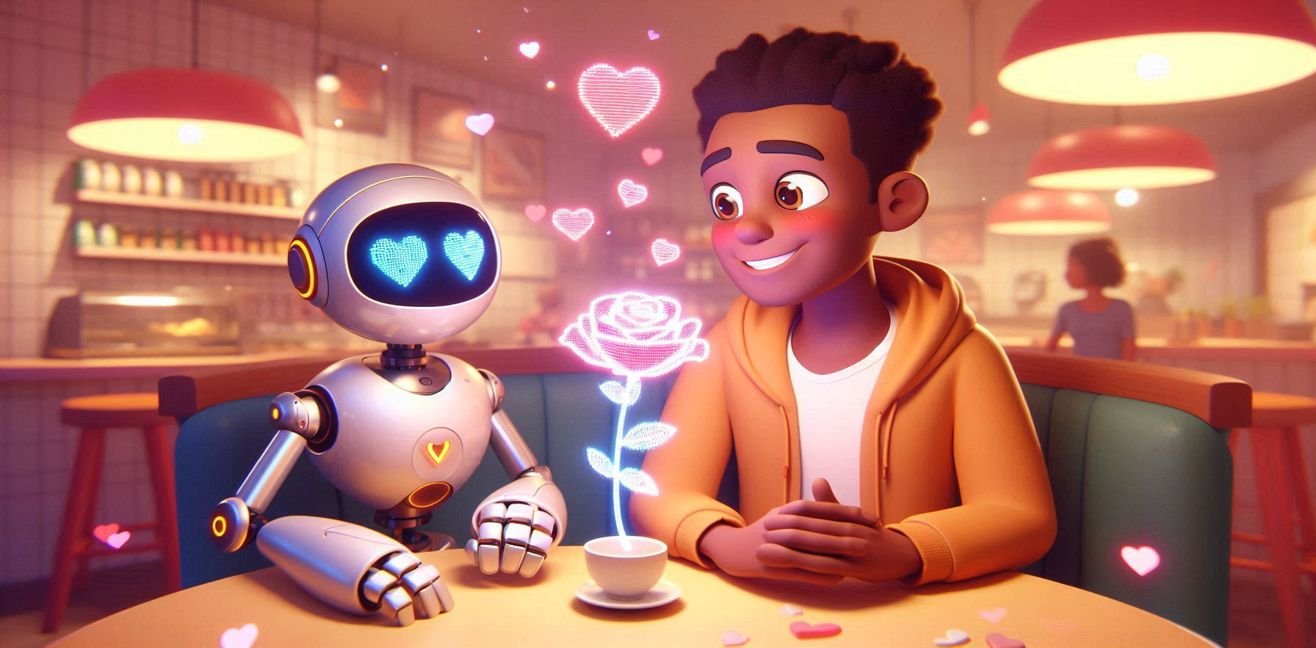Hello sweetie, fellow game lover and tech enthusiast!
Have you ever wondered how those endless worlds you get lost in for hours with your console or keyboard are actually made?
Now open your eyes wide, because we’re going backstage. Ready?
1. 🎲 What is Game Development? From Magical Code to Digital Worlds
Game development is where computer and software engineering meet art.
A game isn’t just about fun; it’s actually a masterful combination of millions of lines of code, graphics, sound, and physics engines.
- Coding: Determines how the game behaves. How characters move, how enemies attack, how scores increase…
- Graphics: Creates a visual feast, building worlds and characters.
- Sound: Sets the atmosphere and pulls players in.
- Physics: Makes objects move realistically, like balls rolling or bullets flying on trajectories.
When all these elements work hand in hand, the game world comes to life.
2. 🛠️ What is a Game Engine? The Heart and Brain of Games!
A game engine is one of the fundamental building blocks of games. If a game is a car, the game engine is its engine.
What do these game engines do?
- Rendering: Displays 3D and 2D objects on screen.
- Physics Simulation: Simulates real-world phenomena like gravity, collisions, and friction.
- Audio Management: Controls sound effects and music in the game.
- Visual Effects: Creates explosions, lighting, shadows, and other details.
- Animation: Enables movement of characters and objects.
- Scene Management: Organizes different levels and scenes in the game.
- Input Handling: Processes commands from keyboard, mouse, joystick, etc.
Popular Game Engines
- Unity: The most popular engine for both 2D and 3D game development. It’s beginner-friendly with a large community.
- Unreal Engine: Preferred for AAA games aiming for realistic graphics. Features visual programming (Blueprints) so you can make games without coding.
- Godot: Open-source and free, loved by indie developers.
3. 🎨 What Can You Do with Game Engines? The Magic in Detail
a) Modeling and Rendering
Game engines bring 3D models designed by artists into the game world. They manage the three-dimensional details of characters, environments, and objects.
b) Lighting and Shading
They create atmosphere with realistic or stylized lighting. Morning sun or a dark cave? The game engine handles it.
c) Physics Engine
Makes movements realistic. For example, how a car flips in a crash or how a character glides during a jump is all controlled here.
d) Artificial Intelligence (AI)
Modules that add “brains” to enemies or NPCs. They chase you, develop strategies, and sometimes try to trick you — all thanks to the engine and code.
e) Sound Effects and Music
Sound is as important as visuals! Footsteps, explosions, wind — all add color to the game’s atmosphere.
4. 😂 The “Magic Fails” in Game Development
Every wizard experiences this; every developer at least once wonders, “Did I read the magic book wrong?” Here are some:
- Characters meant to walk suddenly fly,
- Lights vanish unexpectedly,
- Enemies start doing weird dances,
- FPS (frames per second) tanks suddenly and everyone watches the game like it’s in slow motion.
Don’t worry, these aren’t bugs — they’re like the game’s Easter eggs, hidden surprises! 😅
5. 💡 The Future of Game Development: VR, AR, and More
The game world never stops evolving!
- Virtual Reality (VR): Creates fully immersive experiences.
- Augmented Reality (AR): Blends digital worlds with the real one. Think Pokémon Go!
- Cloud Gaming: Play high-performance games online on any device.
The future is bright and exciting for game development wizards!
🎮 Conclusion: You Can Be a Wizard of the Game World Too!
If you’re creative, love coding, or simply captivated by digital magic, game development is for you!
Remember, every great game is the product of a dream, determination, and lots of coffee. ☕🎉
Warm up those fingers, open your imagination, and let’s explore this magical world together!




